Report this entry
More from the same community-collection
Corpus Christi Procession - El Paso, Texas
Anthony Joseph Schuler leads the Corpus Christi Procession in El ...
Holy Family Church - El Paso, Texas - 1918
Holy Family Church was the last built by Rev. Carlos Pinto, S.J ...
St. Margaret Orphanage El Paso Texas - 1960
St. Margaret Orphanage - 1960 Kids in the swimming pool - St. ...
St. Margaret Orphanage - 1960 - El Paso, Texas
St. Margaret Orphanage, El Paso, Texas - 1960 Date on the ...
St. Patrick's Elementary School - 1958
Facing north - left to right - unknown, George Look, and Richard ...
St. Patrick's Elementary Teacher - 1958
SR. Jean Catherine Maggio - Sister of Loretto - teacher St. ...
St. Patrick's Elementary Teacher - 1955
Sister Aleda, a Sister of Loretto, taught at St. Patrick's ...
St. Patrick's Elementary School Teacher - 1955
Sister Jean Catherine Maggio was a teacher at St. Patrick's ...
Barbara Abraham - St. Patrick's Elementary Student - 1957-1958
Barbara Abraham - St. Patrick's Elementary Student - 1957-1958
John Dunn - Student -St. Patrick's Elementary School - 1955
John Dunn - Student -St. Patrick's Elementary School - 1955 - El ...
Thomas Monacho - St. Patrick's Elementary School - 1955
Thomas Monacho - St. Patrick's Elementary School El Paso Texas- ...
Cecelia Loya - St. Patrick's Elementary School - 1954
Cecelia Loya - St. Patrick's Elementary School El Paso Texas- ...
Cecelia Loya - St. Patrick's Elementary School - 1954
Cecelia Loya - St. Patrick's Elementary School - 1954
Elvia Rubalcava - Student - St. Patrick's Elementary - 1955
St. Patrick's Elementary School - 1954-1955 - El Paso, Texas. ...
Remy Martinez - St. Patrick's Elementary School - 1956
Remy Martinez - St. Patrick's Elementary School - 1956 - El ...
Remy Martinez - St. Patrick's Elementary School - 1956
Remy Martinez - St. Patrick's Elementary School El Paso Texas - ...
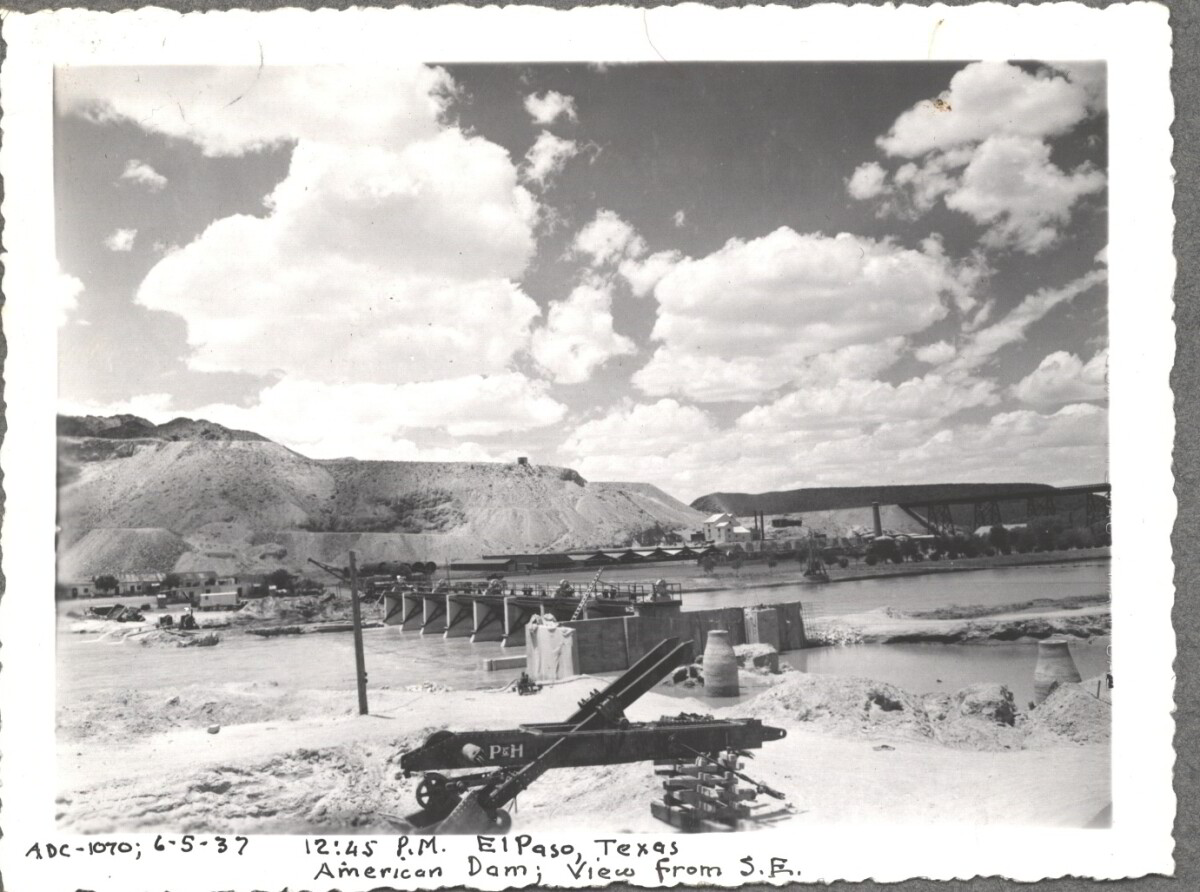
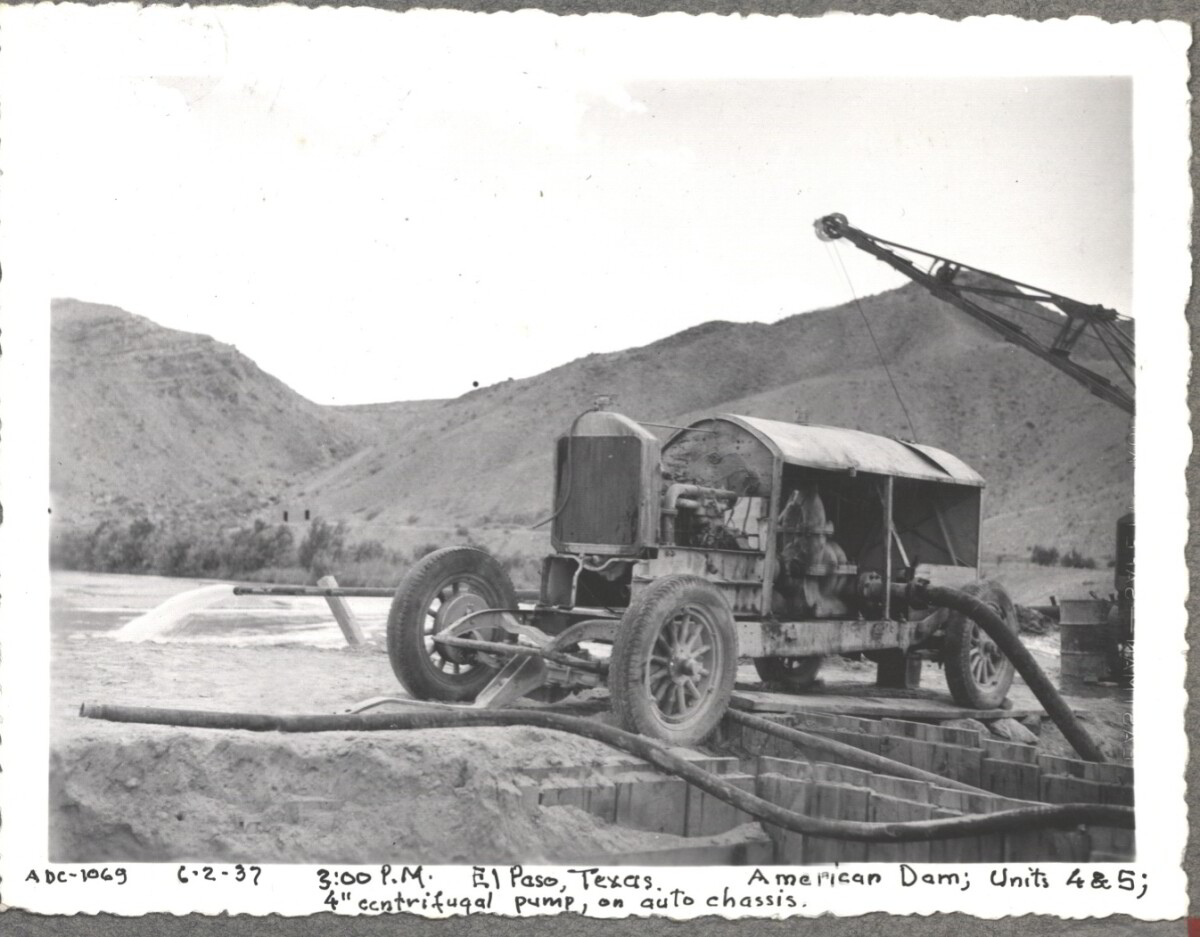
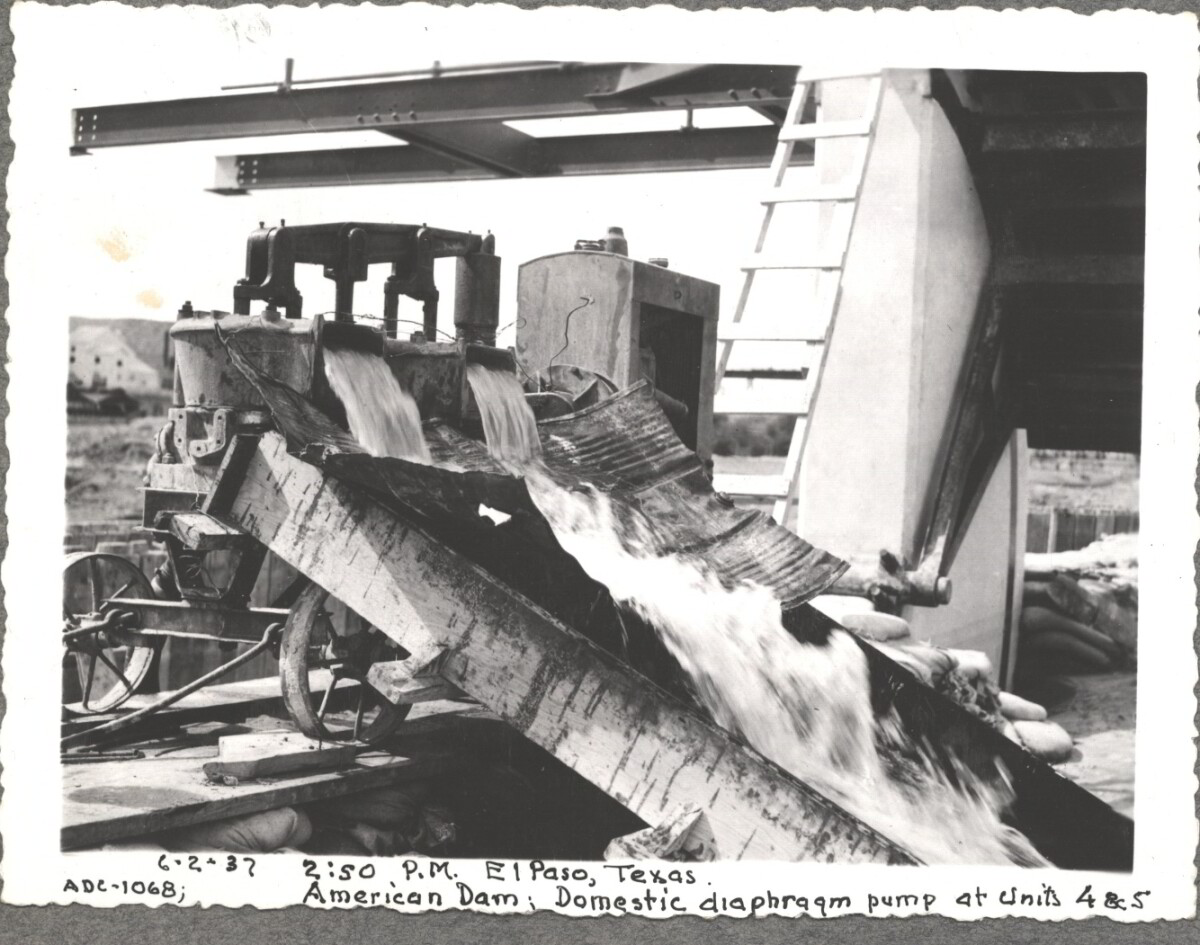
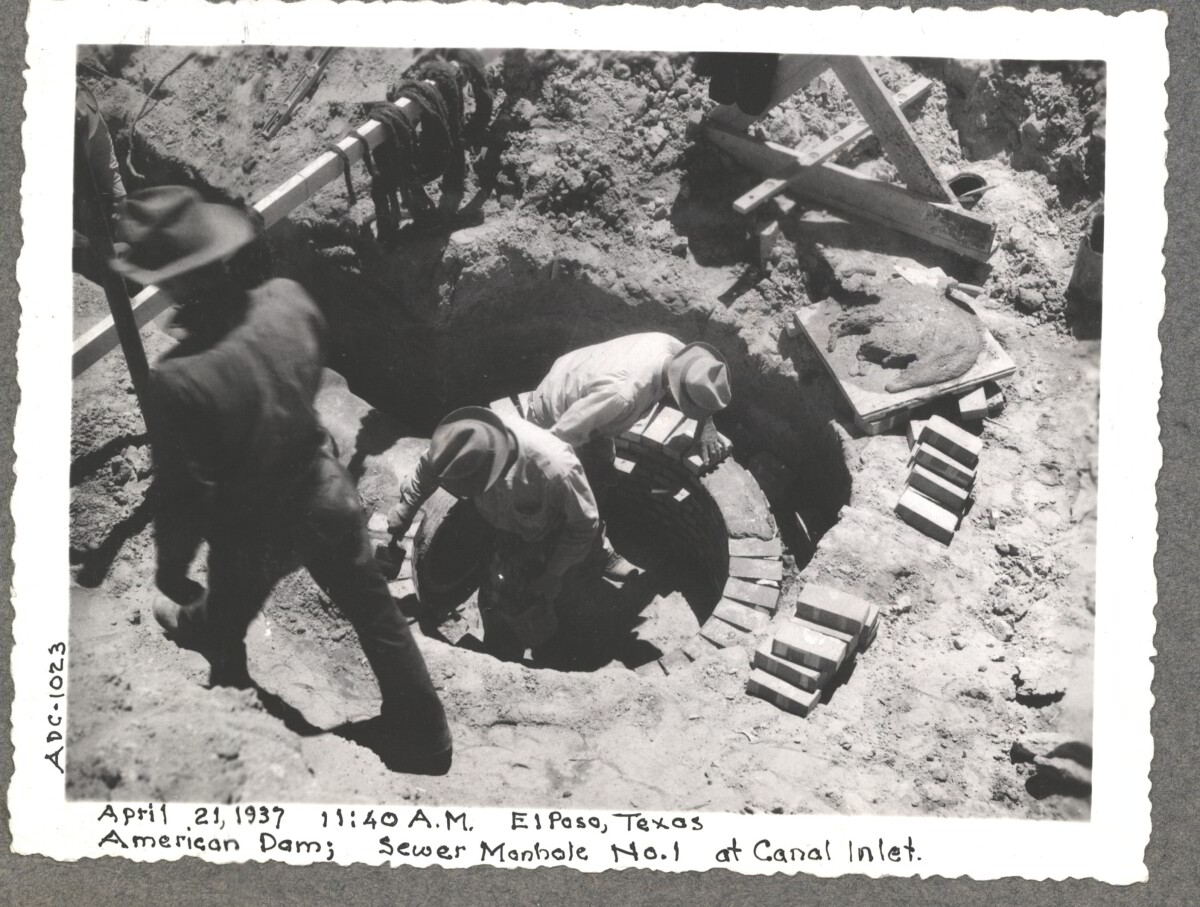
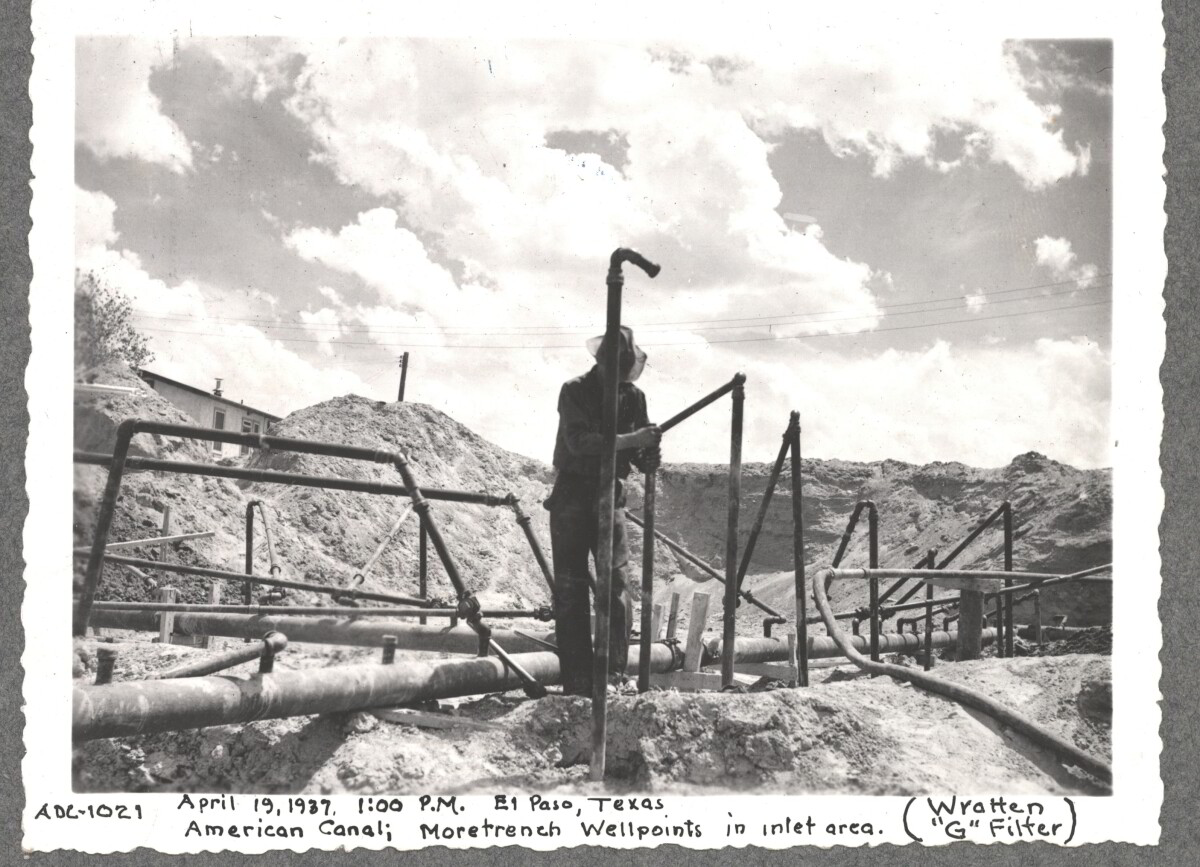
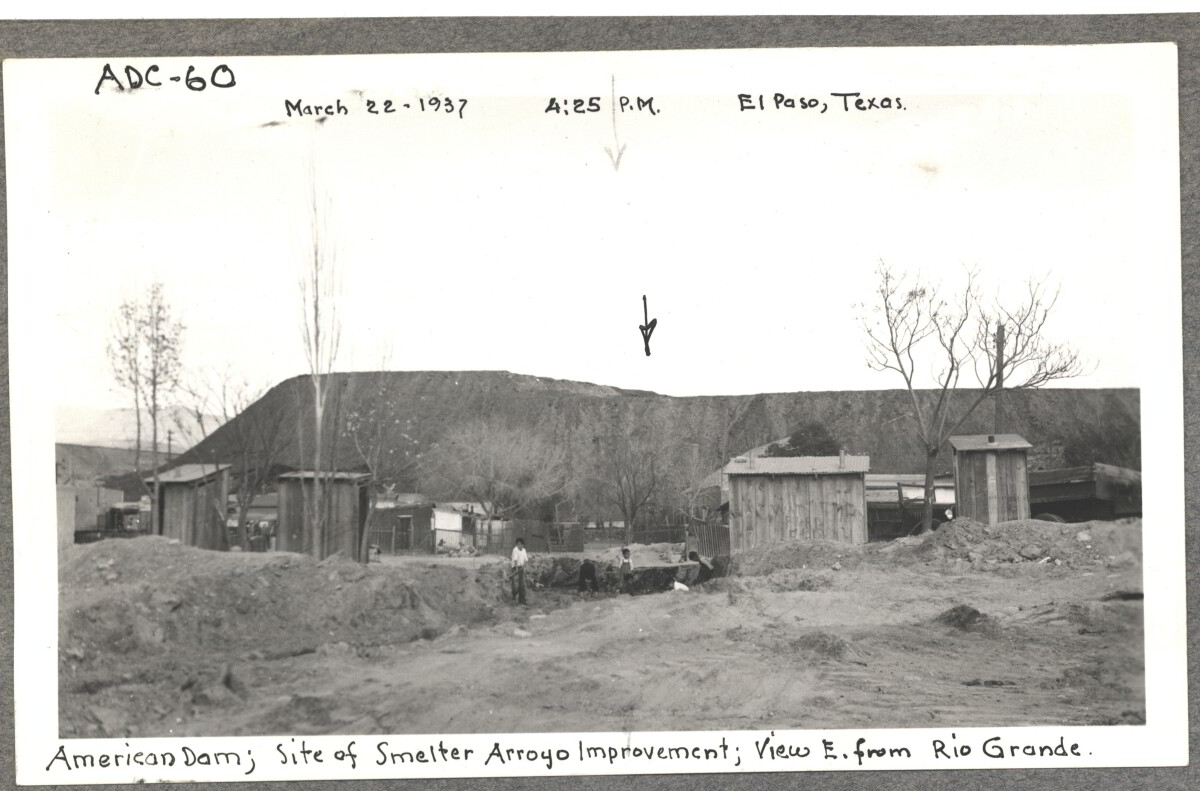
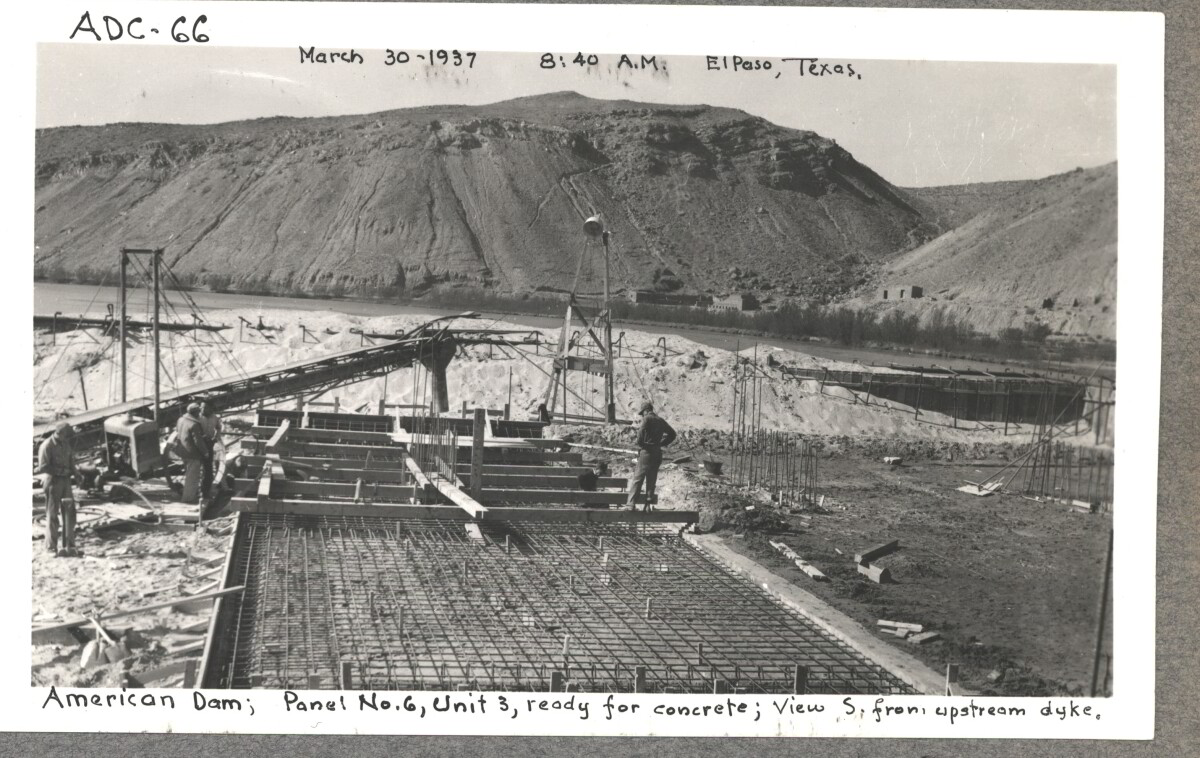
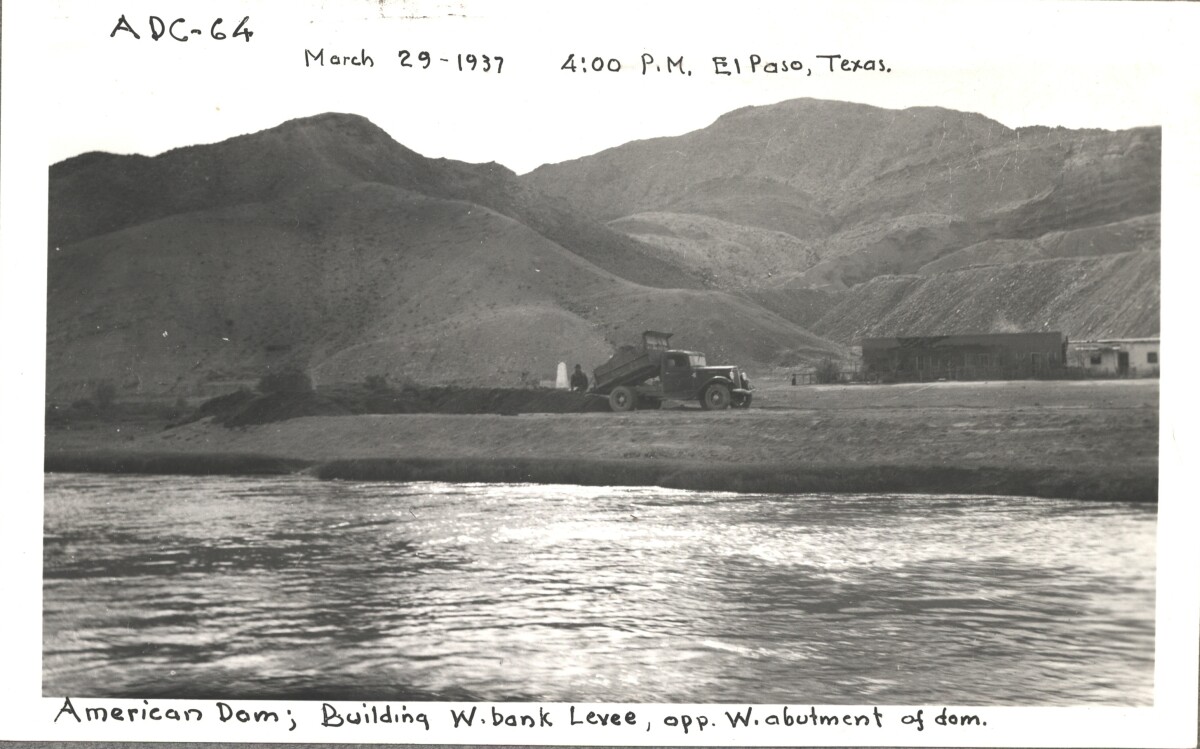
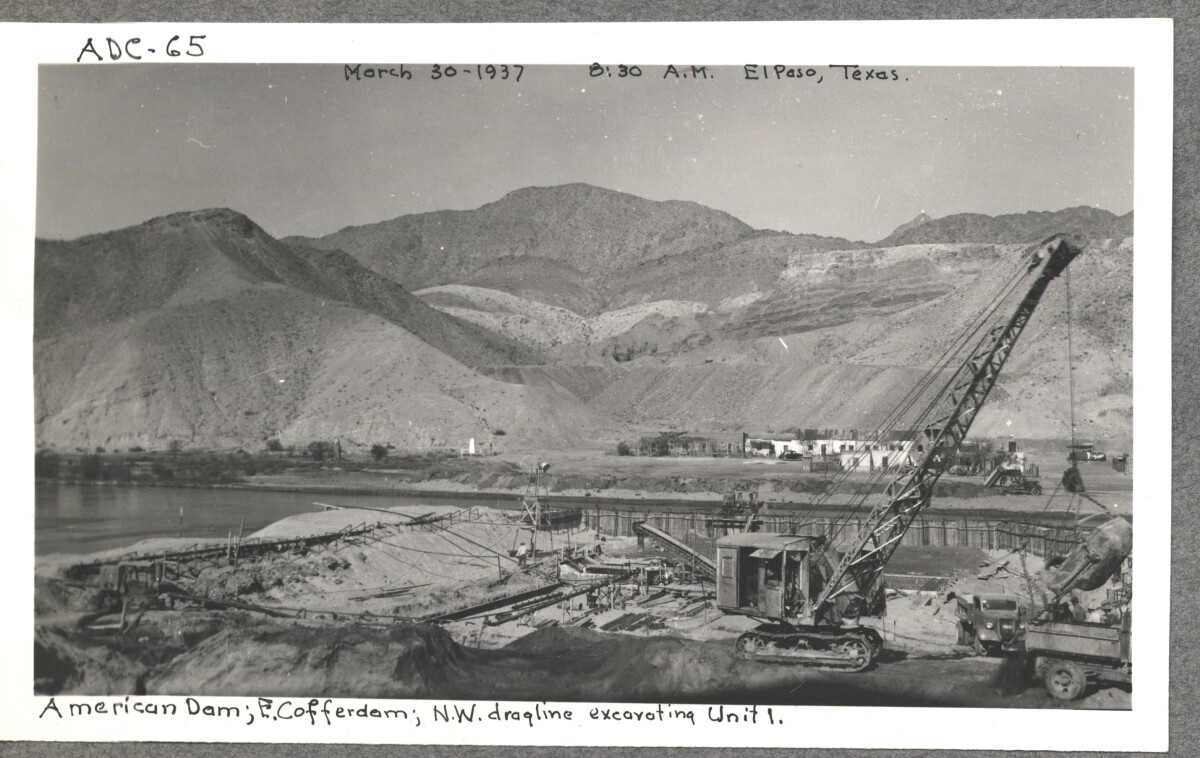
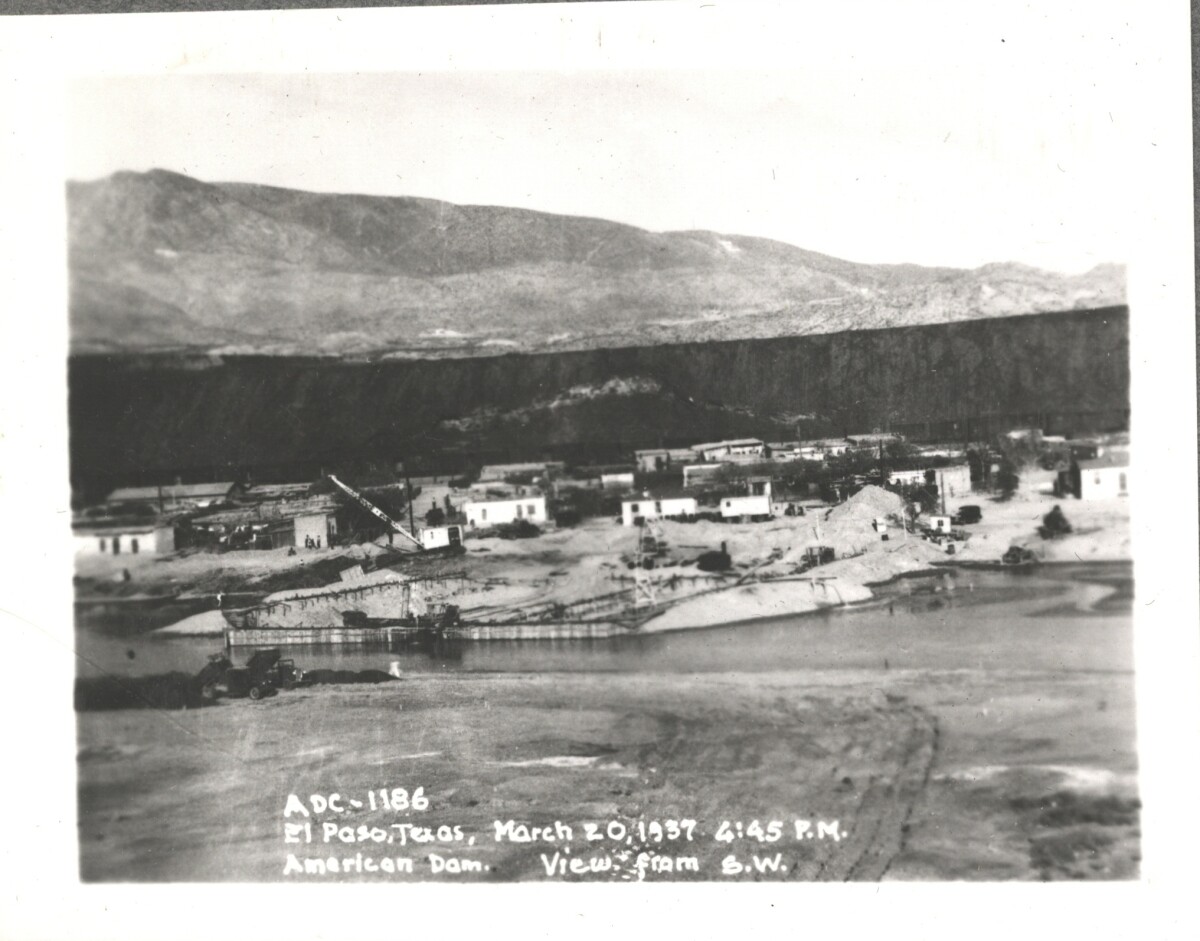
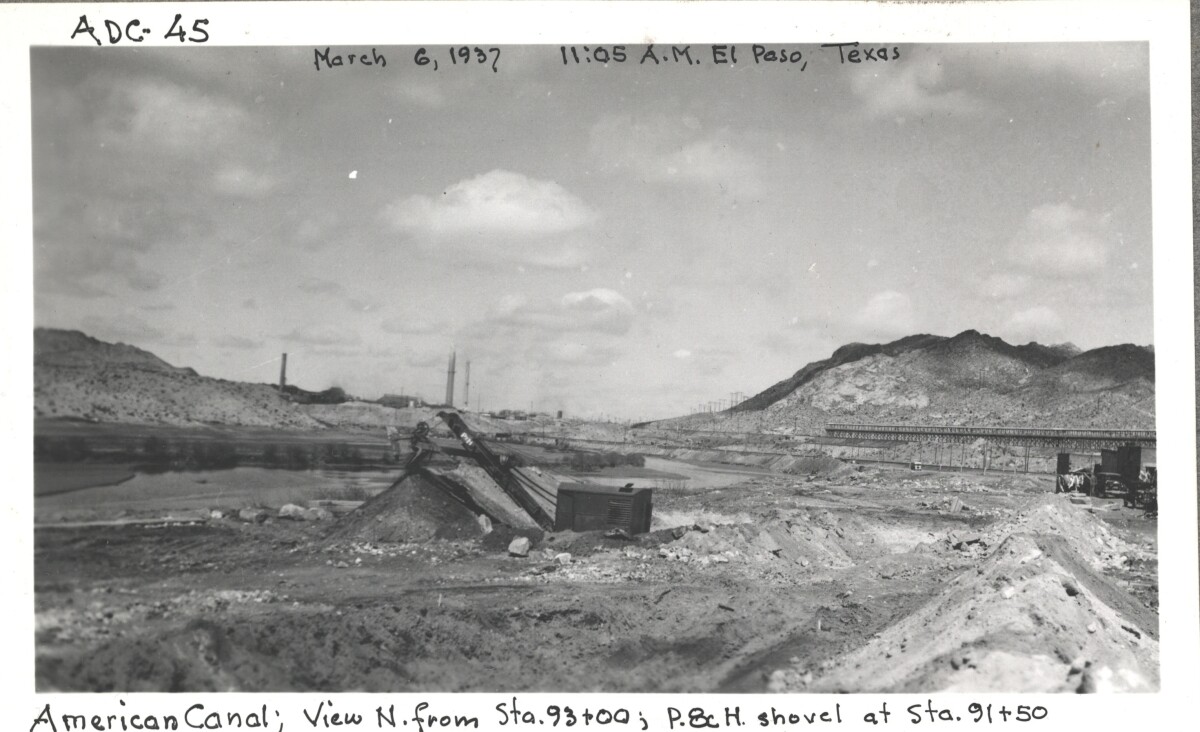
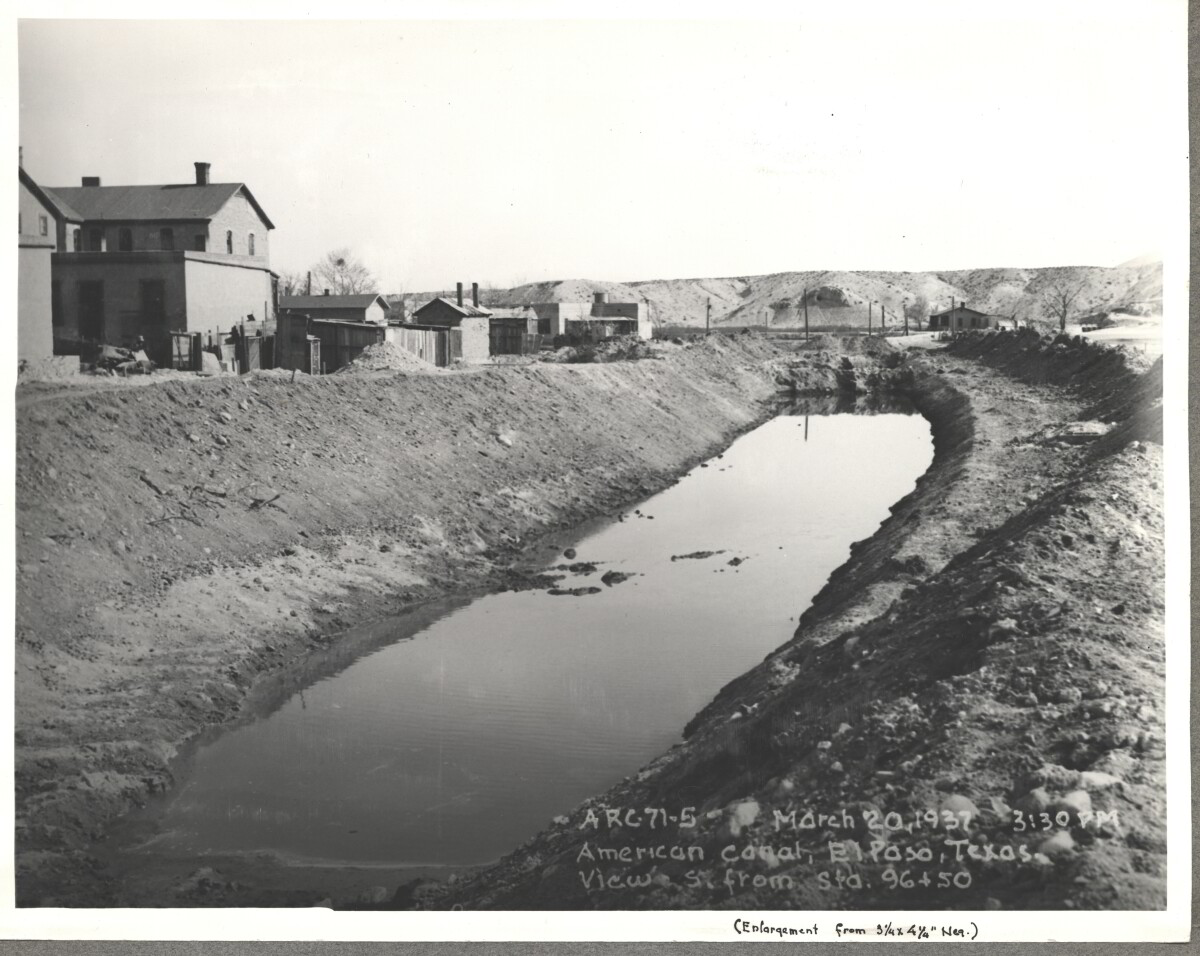
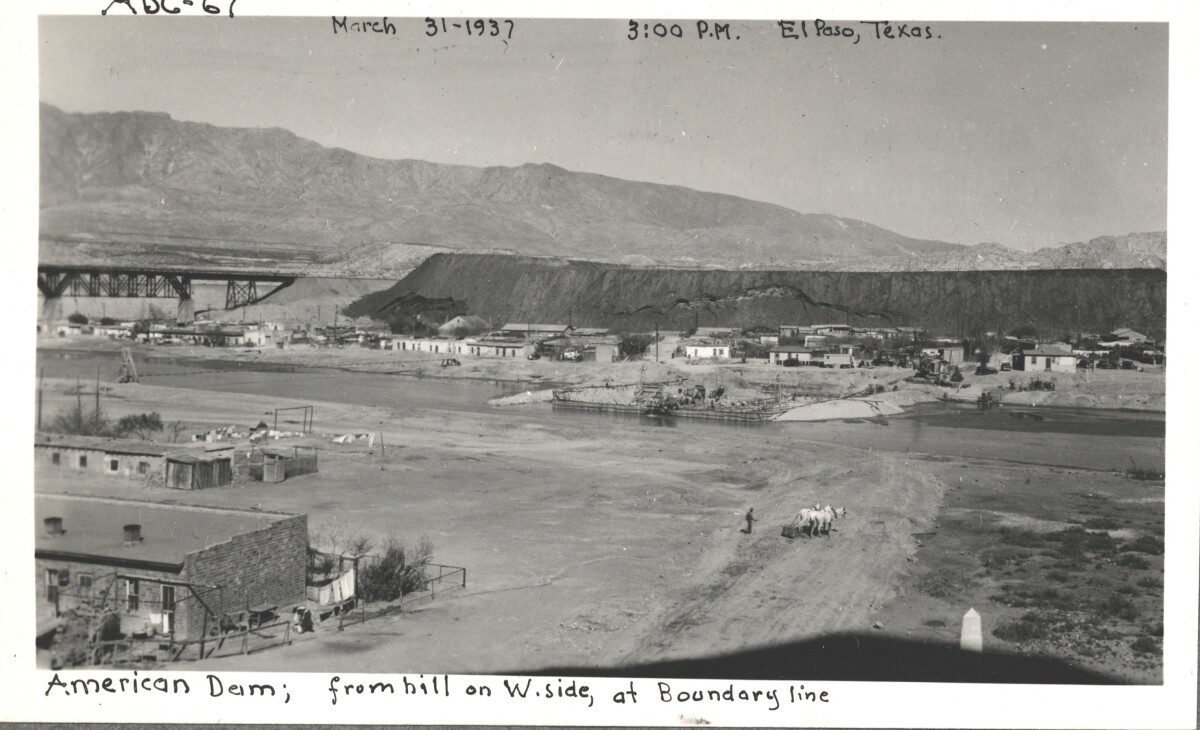
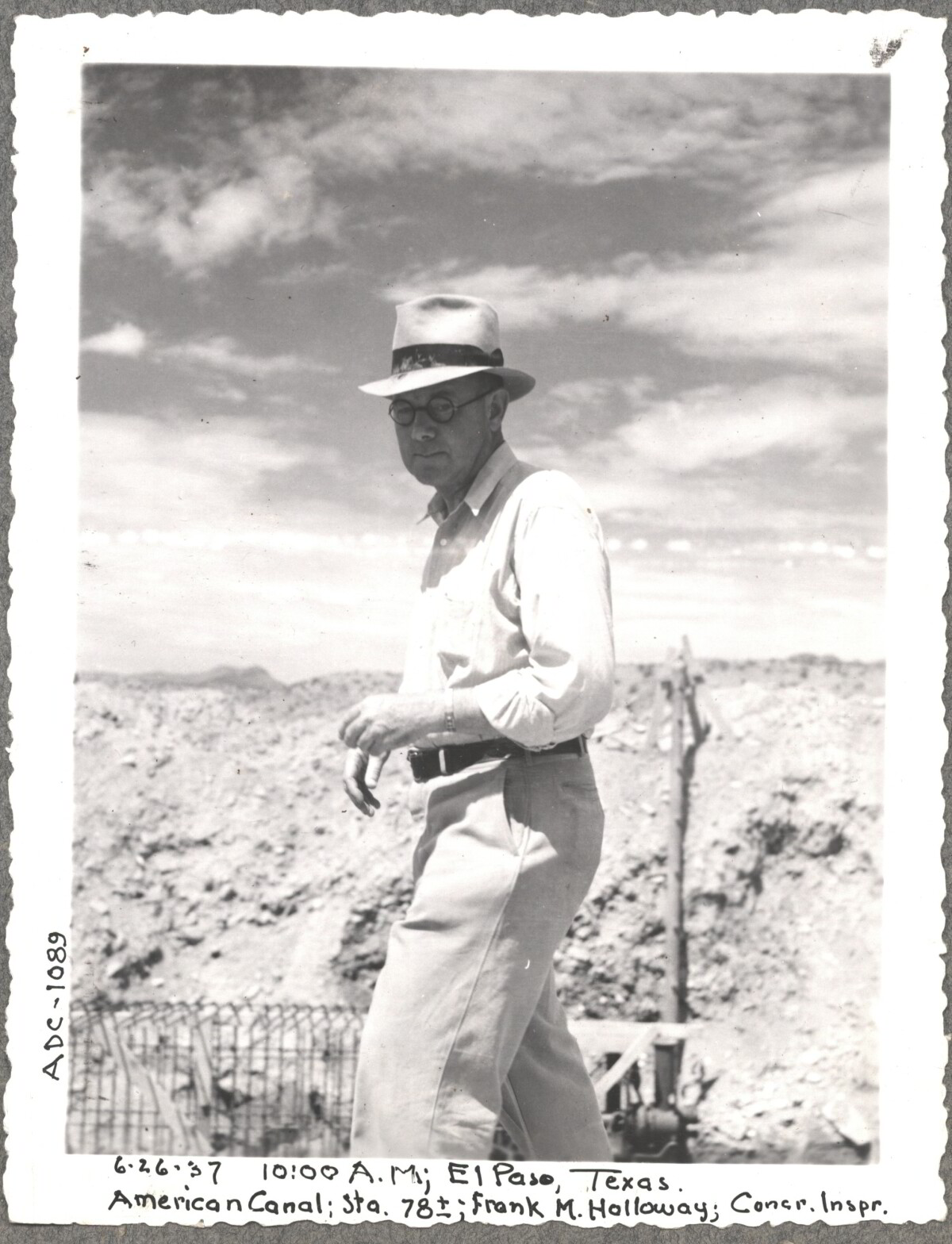
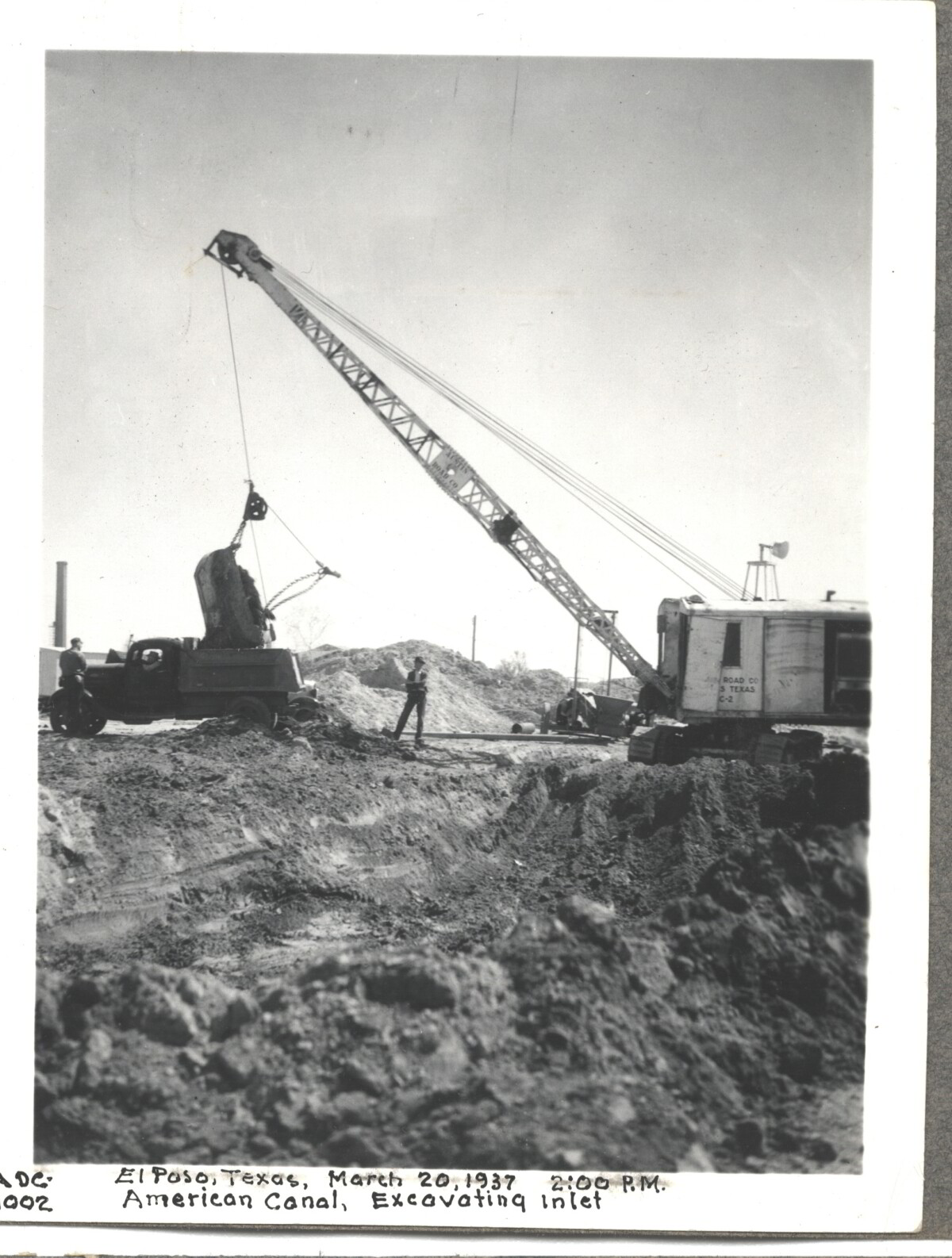
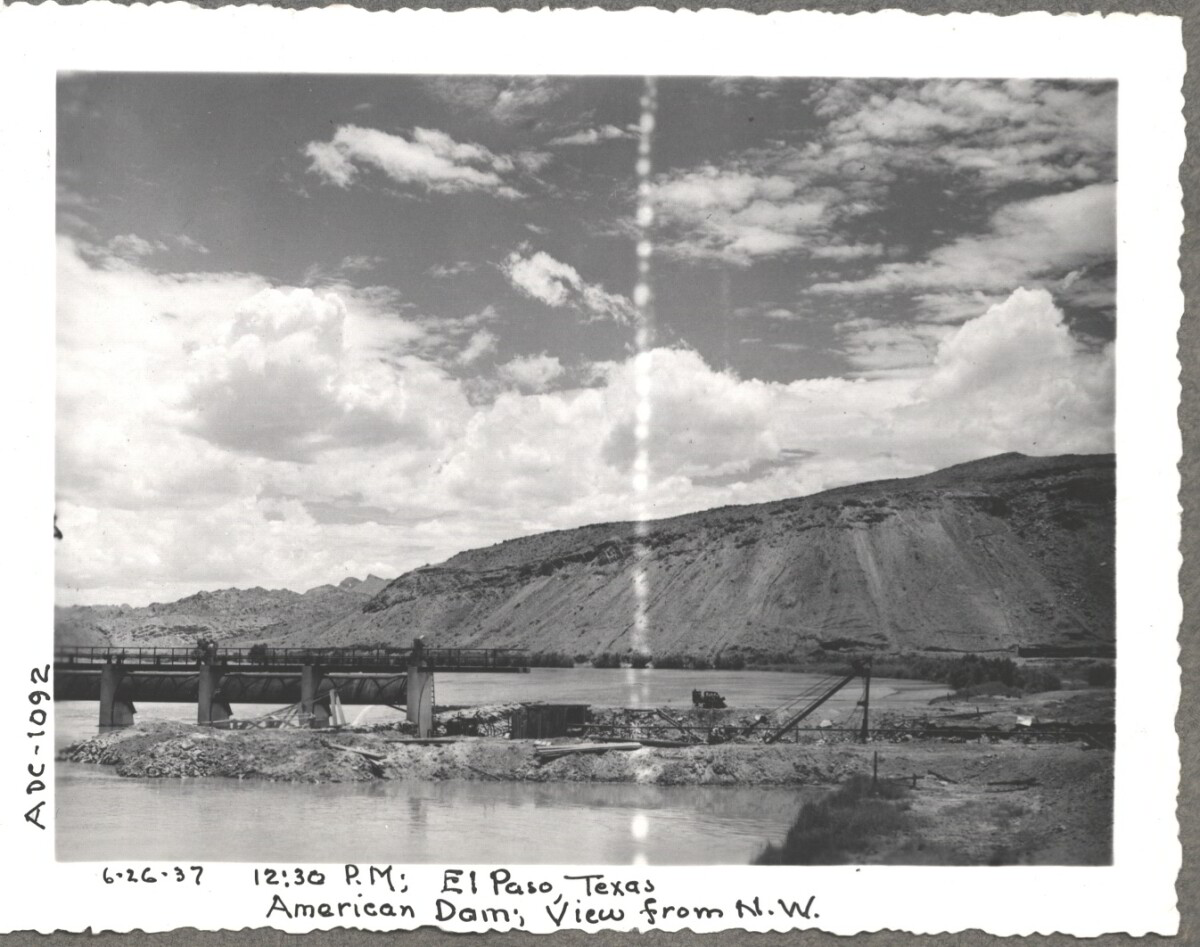
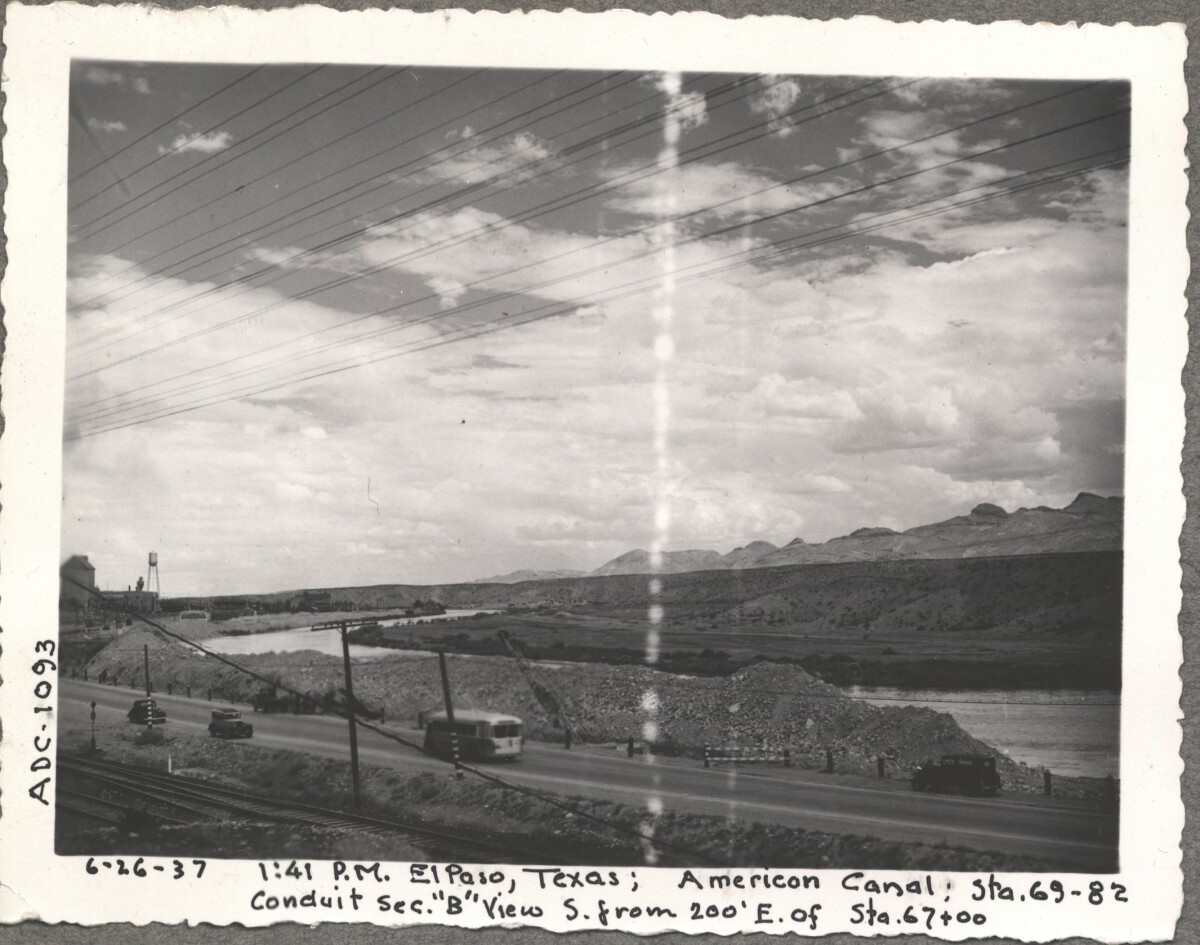
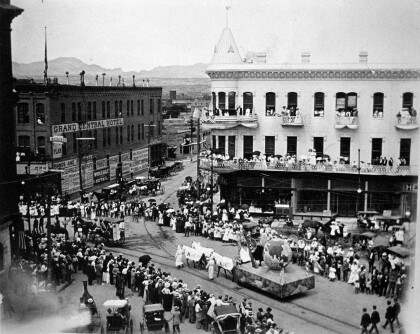
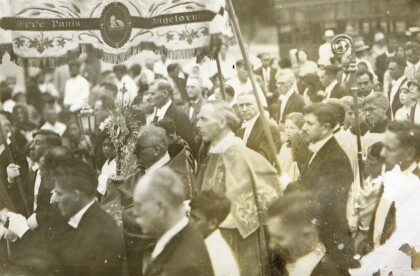
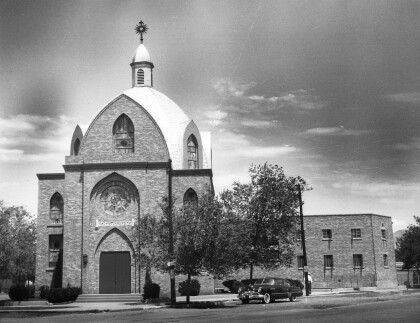
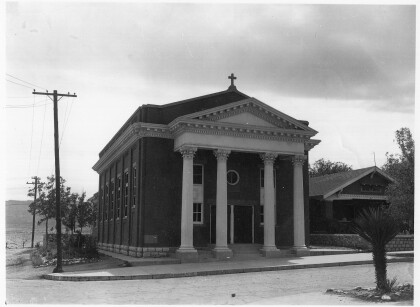
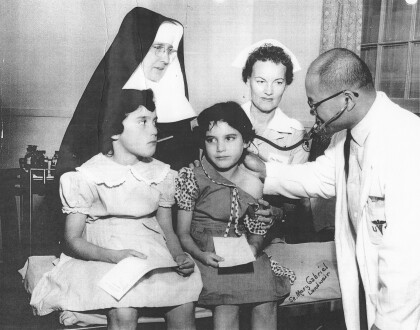
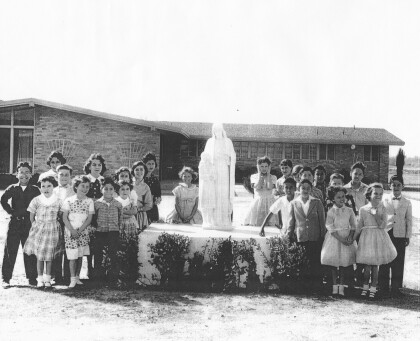
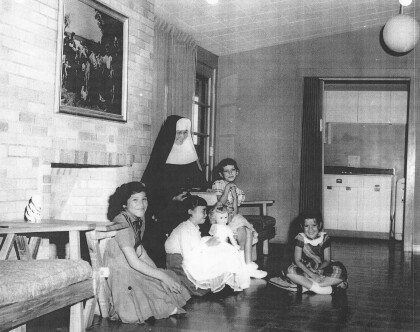
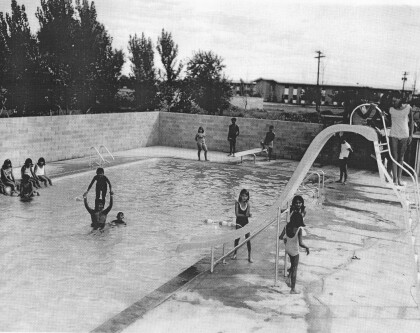
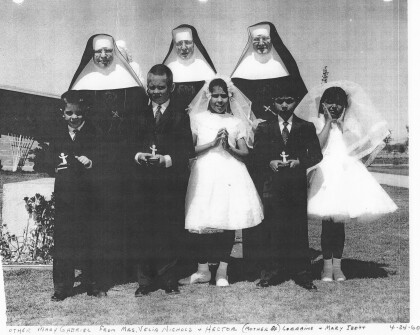
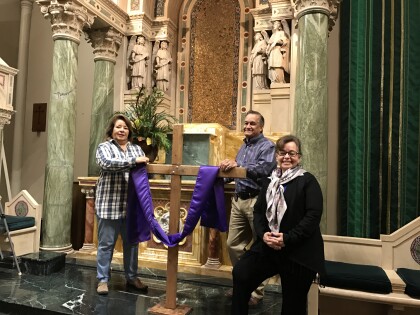
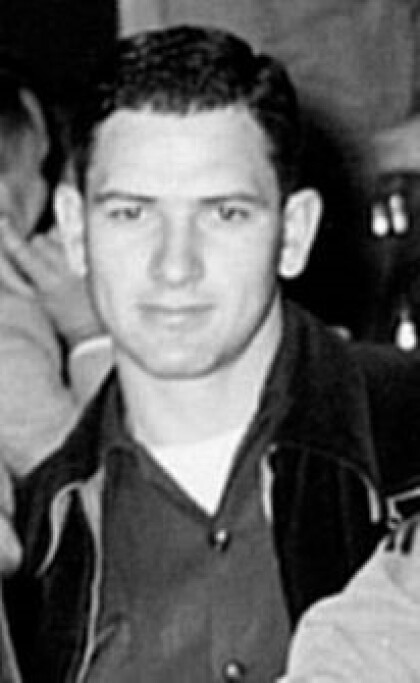
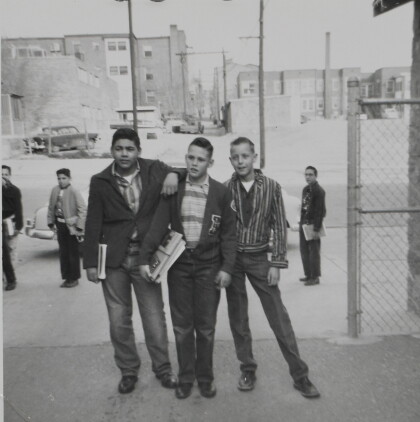
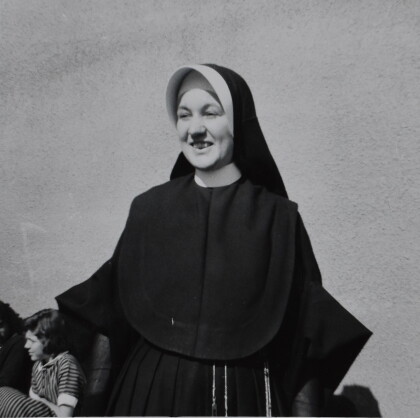

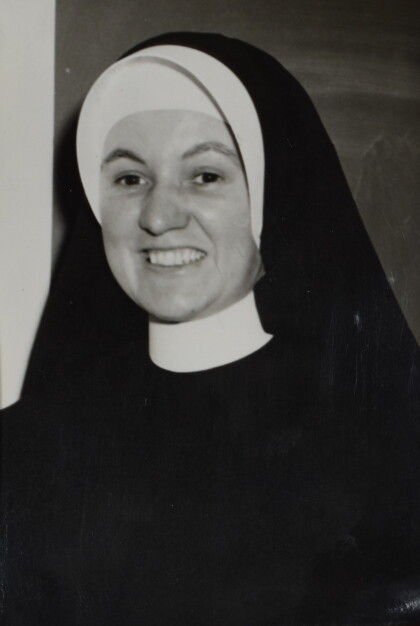






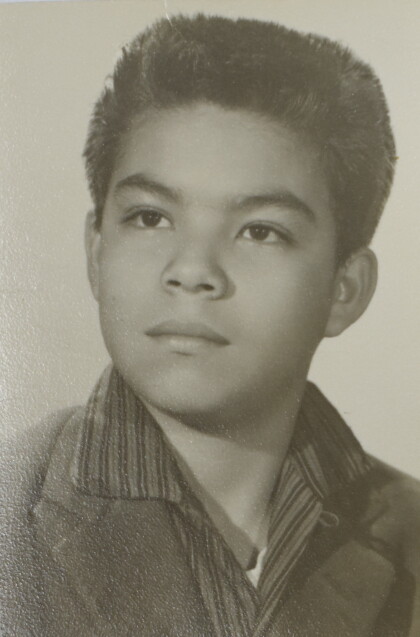
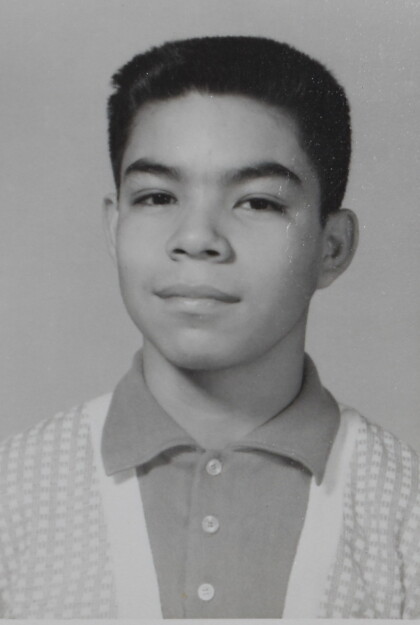
Comments
Add a comment